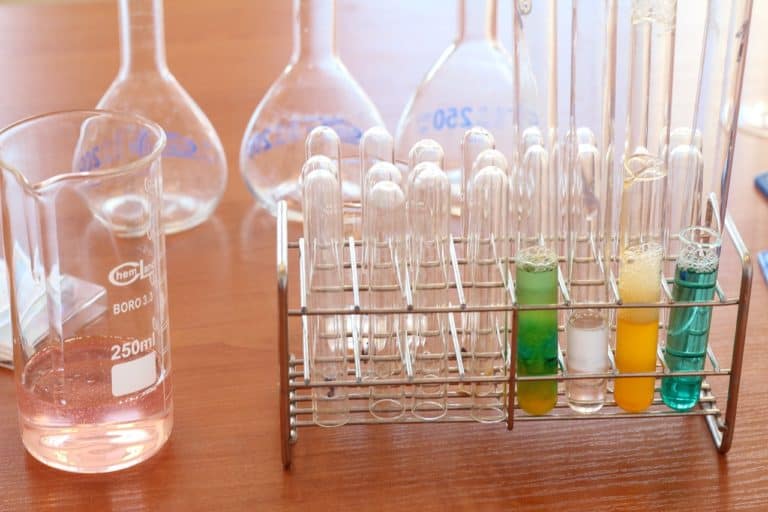Is low testosterone a risk factor for prostate cancer? For decades, it has been believed that high testosterone levels contributed to a higher risk of prostate cancer, although that belief has largely been put aside. However, what about low T?
According to a study appearing in the December 2010 issue of the Korean Journal of Urology, low testosterone could have a role in prostate cancer risk. In a group of men who underwent transrectal ultrasonography (TRUS)-guided prostate biopsy, investigators report that those who had a low serum testosterone level were at greater risk of developing prostate cancer than men who had a high serum testosterone level.
An investigative team from Chonnam National University Medical School enrolled 568 men who underwent prostate biopsy. The men were divided into two groups based on their serum testosterone levels (median level, 3.85 nanograms per milliliter): 285 were classified as having high testosterone and 283 as having low testosterone. Other factors considered in the study included the men’s age, prostate volume, PSA level, PSA density, and Gleason score.
When comparing the two groups of men, those with a low testosterone level had a significantly higher incidence of prostate cancer (38.9%) compared with those in the high testosterone group (29.5%). Other factors associated with an increased risk of prostate cancer were older age, high serum PSA level, and low prostate volume.
Although men who had a lower serum testosterone level were more likely to have prostate cancer, low testosterone was not a predictor of a greater risk of high-grade disease. Of all the factors considered in this study, only serum PSA level was a strong predictor of high-grade prostate cancer (Gleason score of 7 or greater).
Read more about prostate cancer risk in our Prostate Cancer Health Center.
Read more about testosterone in our Low T Health Center.
Reference
Shin BS et al. Is a decreased serum testosterone level a risk factor for prostate cancer? A cohort study of Korean men. Korean Journal of Urology 2010 Dec; 51(12): 819-23







